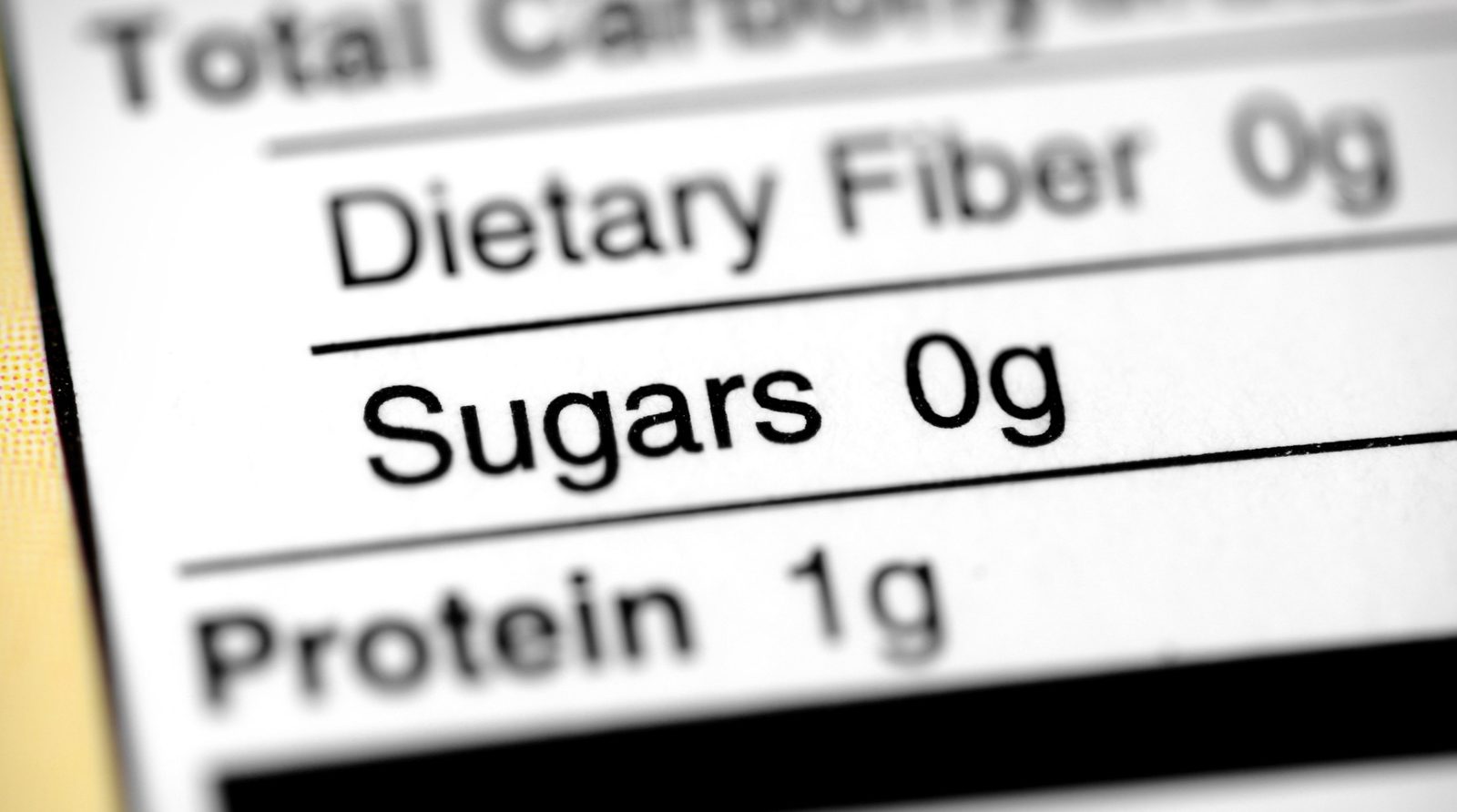 Public Health England (PHE) has today published the first assessment of progress on the Government’s sugar reduction programme.
Public Health England (PHE) has today published the first assessment of progress on the Government’s sugar reduction programme.
As part of the programme, PHE challenged the food industry to cut 20% of sugar from its products by 2020, with a 5% reduction in the first year.
The first assessment shows there has been a 2% reduction in average sugar content and calories in ‘products likely to be consumed in one go’.
‘We lead the world in having the most stringent sugar reformulation targets and it is encouraging to see that some progress has been made in the first year,’ Steve Brine, Public Health Minister, said.
‘However, we do not underestimate the scale of the challenge we face.
‘We are monitoring progress closely and have not ruled out taking further action.’
Plans in the pipeline
Whilst the 2% reduction hasn’t quite met the 5% target, PHE recognises there are sugar reduction plans in the pipeline.
Some of the changes to products have also not been included in the data as they took effect after the cut-off point for the first year.
In the eight food categories that have been measured:
- There have been reductions in sugar levels across five categories
- Yogurts and fromage frais, breakfast cereals, and sweet spreads and sauces have all met or exceeded the initial 5% sugar reduction ambition
- Sugar levels are generally the same across all sectors, however for the eating out of home sector, portion sizes in products likely to be consumed in one go are substantially larger – on average more than double – those of retailers and manufacturers.
‘We have seen some of the food industry make good progress, and they should be commended for this,’ Duncan Selbie, chief executive at Public Health England, said.
‘We also know that further progress is in the pipeline.
‘However, tackling the obesity crisis needs the whole food industry to step up, in particular those businesses that have as yet taken little or no action.’
Sugar tax
The sugar tax has helped manufacturers reduce sugar in drinks by 11% per portion and reduce calories by 6%.
Data also shows that shoppers are more likely to buy drinks that have sugar levels below the sugar tax cut off (5g of sugar per 100g).
‘This is about tackling the nation’s obesity crisis,’ Dr Alison Tedstone, chief nutritionist at Public Health England, said.
‘Too many children and adults suffer the effects of obesity, as does society, with our NHS under needless pressure.
‘Obesity widens economic inequalities, affecting the poor the hardest.’
You may also be interested in:
-
New food industry guidelines published to reduce sugar in UK diets
-
Food industry challenged to reduce sugar in its products by 20%
Reducing sugar
As part of the sugar reduction programme, businesses are encourage to focus their efforts on top selling products.
These products fall into 10 categories that contribute the most sugar to the diets of children in the UK.
The Government has suggested three options to help achieve this:
- Reduce sugar levels (reformulation)
- Provide smaller portions
- Encourage consumers to purchase lower or no sugar products.


